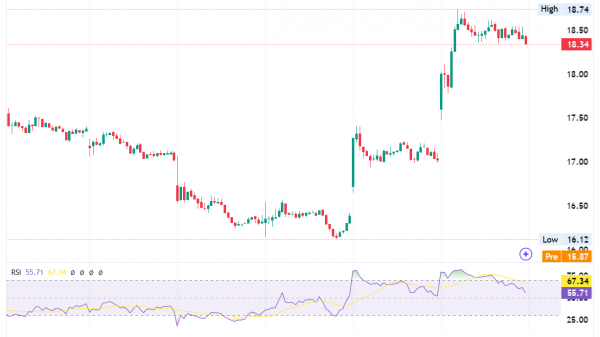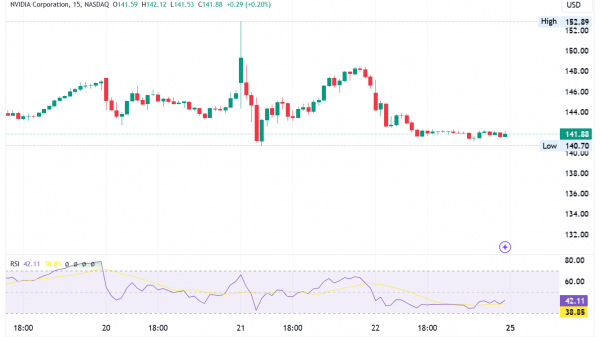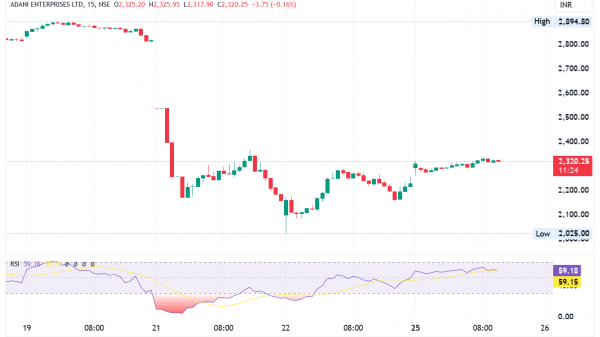What Is a Bear Trap in Trading?
Have you ever tried entering a short trade thinking the bullish market trend is losing momentum and the price you’re trading is about to bite the dust, only for you to receive a margin call? Then, you’ve just fallen victim to the bear trap.
In the dynamic world of financial trading, the term “bear trap” often surfaces, sparking curiosity among investors.
A bear trap is when the market appears to be declining but then unexpectedly reverses, catching off guard those who bet on the decline.
Investors need to understand traps, which falsely signal a market downturn before quickly reversing, trapping those who bet on the market dropping. This article delves into what a bear trap is, how to identify it, and strategies to avoid falling prey to it.
Key Takeaways
It’s essential to comprehend the dynamics of bear traps and bull traps in trading.
Traps lead traders to mistakenly sell short during what they think is a market decline. While bull traps do the opposite, luring traders into buying during a misleading upward trend.
Traps can occur in various market conditions, often when least expected. Traders should stay vigilant, especially during volatile market phases, to identify these traps.
Traps can significantly affect long positions. If the market quickly recovers from a bear trap, what seemed like a good long position can suddenly become a losing one.
A critical aspect of identifying bear traps involves monitoring situations where the price continues to fall.
Understanding Bear Traps in Trading
A bear trap happens when a clear drop in prices leads investors to sell short, expecting the prices to fall even more. Defying expectations, the market quickly turns upward, resulting in losses for those with short positions. Bear traps are common in markets with overall bullish trends, posing a risk for investors who are not cautious.
Causes of a Bear Trap
Bear traps often happen when investors and traders see a price trend that looks like it’s reversing over time.
Traders who sold short during the 9-day downturn could get in a trap if they didn’t use stop-loss orders. Consequently, investors start selling, leading to a drop in prices.
This misleading trend can persist for several trading periods. If traders think a reversal is happening, they take short positions.
As more traders sell and short the stock, its price keeps falling until it reaches a support level that triggers a rebound.
The support level, where buyers start to enter the market in large numbers, driving up demand, is set by the market itself. This surge in demand often rapidly raises the stock price, creating a trap for bear traders.
Psychological Aspects and Market Sentiment
Understanding the psychological drivers behind market movements is crucial. A bear trap often results from collective market psychology, where a sudden decline leads to panic selling, followed by an unexpected reversal. Monitoring sentiment indicators and news can provide clues about these psychological shifts.
Examining past bear trap scenarios can be educational. Historical data often reveal patterns and signs that preceded bear traps, providing valuable lessons for current market conditions.
Subtle Signs of a Bearish Reversal Trap
Low Volume
A key indicator of a bear trap is a decline in prices accompanied by low trading volume. This combination often suggests the downward movement lacks strong market support and may reverse.
Candlestick Clues
Certain candlestick patterns, when observed carefully, can hint at an impending bear trap. For example, a bullish engulfing pattern following a short decline could indicate a trap.
Real-World Example
Bearish reversal traps are common in many stocks during overall market uptrends. Take, for example, ConocoPhillips’ stock. It was trending upward for months before it started to fall in early October 2022.
After trading at the support level for a few days, it rebounded to its previous price and continued to rise. Traders who shorted the stock during the 9-day decline risked getting caught in a bear trap, unless they used stop orders or other measures to avoid it.
Strategies to Avoid Bearish Reversal Traps
Trading Risk Management
Analyzing Market Reversal Signals
Understanding Bull Traps
Long-Term Perspective
Support Level and Technical Pattern Analysis
Implementing solid trading risk management practices is crucial. This involves setting stop-loss orders to minimize potential losses and avoiding over-leveraging positions.
Keeping an eye on market reversal signals helps in differentiating between a genuine downtrend and a bear trap. Signals such as an unexpected rise in trading volume or a sudden change in financial market trends can be key indicators.
In parallel, understanding bull traps, which are the opposite of bear traps, is essential. This knowledge enables investors to have a holistic view of market dynamics.
Maintaining a long-term perspective and not getting swayed by short-term price movements can help in avoiding knee-jerk reactions to sudden price changes. Monitoring support levels and analyzing technical patterns provide insights into potential bear traps. A false break below a support level often leads to a trap.
Tips to avoid bear traps
Individual investors need to be particularly vigilant regarding false signals. One of the most important things to bear in mind is to avoid making decisions based only on the price of security.
You should always look at the other factors like overall performance of stock, fundamentals of the company and broader conditions on the market. As a retail trader , you need to have a holistic approach in order to avoid being caught up in a bear trap.
Additionally, you need to be aware of market speculators and manipulators and avoid following the crowd. Everyone is tempted to sell once the price drops but if it’s a temporary trend it could be a costly mistake.
Observing price action is key in spotting bear traps. Sudden declines in price without substantial supporting volume can be a strong indicator of a bear trap.
A decline in price, especially a sharp one, can lure traders into opening short positions. However, this can be risky if the decline is part of a bear trap, potentially leading to significant losses.
To prevent losses, traders should set stop-loss orders and thoroughly analyze the market before deciding to sell short.
It’s risky to sell short without careful analysis, especially during a bear trap in the market. It’s crucial to confirm trend reversals before committing to short selling.
Short selling during a bearish trap can be perilous. Traders should be cautious of a consistent price drop, as it might be a bear trap setting up for a surprising market turnaround. Waiting for confirmation to establish a trade makes it easier to know if you’re wrong.
A continued drop in price without any signs of rebound can be misleading. Traders need to be aware that what seems like a steady decline could be a setup for a bear trap, leading to an unexpected market reversal.
Don’t Short Into Upside Momentum
Markets experience periods of range expansion and contraction. Most stocks usually stay in a contraction phase, not changing much. However, bear traps happen during range expansion, often unexpectedly.
When a market is expanding, one side of the trade usually dominates. For example, the real estate assets manager St. Joe (JOE) recently entered a significant range expansion phase after a long period of contraction. It’s clear that bulls are dominating. Rallies are strong and undisputed, while pullbacks are shallow and weak.
A common mistake among short sellers is losing track of the dominant energy direction. In a stock like $JOE, bulls are clearly in control. Attempting to short a stock in such a phase is risky.
The usual way traders fall into traps with these stocks is by trying to short during a new momentum surge.
The Bottom Line: Navigating Market Complexity
Bear traps represent a significant challenge, particularly for short sellers. Recognizing and avoiding them requires a blend of technical analysis, psychological insight, and disciplined trading strategies. By understanding and applying these principles, investors can navigate these deceptive market scenarios, making informed and profitable decisions.
The post What Is a Bear Trap in Trading? appeared first on FinanceBrokerage.


































